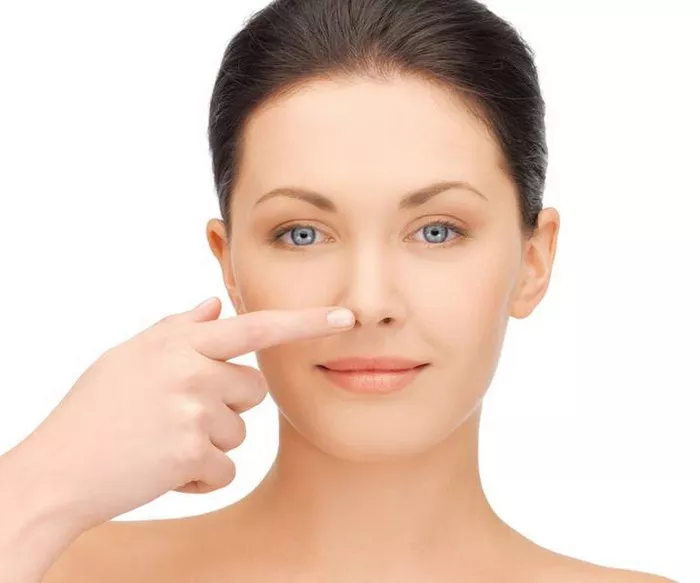Undergoing rhinoplasty, also known as a nose job, is a surgical procedure that requires proper post-operative care, including attention to your diet. Following the surgery, it’s essential to give your body time to heal and avoid any actions that could compromise the recovery process. This includes being mindful of what you eat. In this article, we’ll provide a guide on when you can safely reintroduce solid foods into your diet after rhinoplasty.
Understanding the Healing Process
Rhinoplasty involves reshaping and restructuring the nose to achieve the desired aesthetic and functional results. During the surgery, the nasal tissues are manipulated, and the bones and cartilage may be adjusted. After the procedure, your body needs time to heal and repair the surgical site. It’s important to follow your surgeon’s post-operative instructions carefully to promote optimal healing.
Immediate Post-Surgery Diet
In the immediate aftermath of rhinoplasty, your diet will consist primarily of clear liquids or soft foods. The specific instructions may vary depending on your surgeon’s preferences and your individual circumstances. Here are some guidelines to keep in mind:
- Clear Liquids: Immediately after the surgery, your diet will likely be limited to clear liquids such as water, broth, and herbal tea. These help to keep you hydrated and provide some nourishment without placing stress on the surgical site.
- Avoid Straws: Using a straw to consume liquids should be avoided during the initial healing phase. The suction created by a straw can potentially disrupt the delicate tissues and affect the healing process.
- Soft Foods: As you progress through the initial days of recovery, you can gradually introduce soft foods into your diet. Examples of soft foods include pureed soups, mashed potatoes, yogurt, smoothies, and scrambled eggs. These foods provide more nutrients while still being gentle on the healing tissues.
Consult with Your Surgeon
It’s crucial to note that the specific guidelines for your post-surgery diet may differ based on your surgeon’s recommendations and the unique aspects of your procedure. Your surgeon will provide you with detailed instructions on when you can progress to a more regular diet and introduce solid foods. Follow their advice closely for the best outcome.
Factors Influencing Diet Progression
Several factors can influence the timing of when you can reintroduce solid foods into your diet after rhinoplasty. These factors include:
- Extent of the Procedure: The complexity of your rhinoplasty procedure and the extent of the structural changes made can impact the duration of the initial healing phase. More extensive surgeries may require a longer period of soft food consumption before solid foods can be reintroduced.
- Individual Healing Ability: Each person’s body heals at its own pace. Factors such as age, overall health, and lifestyle habits can influence the speed of your recovery. It’s important to listen to your body and progress your diet accordingly, following the guidance of your surgeon.
- Swelling and Bruising: Swelling and bruising are common after rhinoplasty and can affect your ability to comfortably consume solid foods. It’s essential to wait until any significant swelling has subsided and you feel comfortable chewing and swallowing before reintroducing solid foods.
Gradual Transition to Solid Foods
As your recovery progresses and you receive clearance from your surgeon, you can gradually reintroduce solid foods into your diet. Here are some tips to ensure a smooth transition:
- Start with Soft Solid Foods: Begin by incorporating soft solid foods that are easy to chew and swallow. Examples include well-cooked vegetables, tender meat or fish, pasta, and soft fruits.
- Avoid Hard, Crunchy, and Spicy Foods: Initially, it’s best to avoid foods that require excessive chewing or foods that are hard, crunchy, or spicy. These types of foods can put additional strain on the surgical site and delay the healing process.
- Chew Carefully: When reintroducing solid foods, be mindful of how you chew. Take small bites and chew slowly and thoroughly to minimize strain on your nose and promote proper digestion.
Listen to Your Body
While it’s essential to follow the general guidelines provided, it’s equally important to listen to your body throughout the healing process. If you experience discomfort, pain, or difficulty eating, it’s best to revert to softer foods and consult with your surgeon.
Conclusion
After rhinoplasty, it’s crucial to give your body the time it needs to heal properly. This includes following a specific post-surgery diet that starts with clear liquids and progresses to soft foods. The timing of when you can reintroduce solid foods into your diet depends on factors such as the extent of the procedure and your individual healing ability. Always consult with your surgeon for personalized instructions and listen to your body as you gradually transition to a regular diet. By following these guidelines and being patient with the healing process, you can ensure the best possible outcome from your rhinoplasty surgery.


